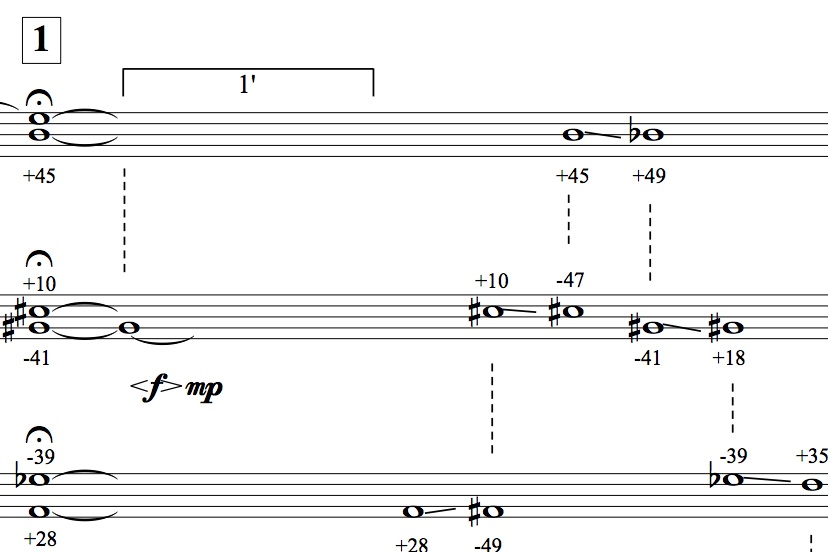Introduction: Temporalities in contemporary music
Issues of temporality remain close to many musical discussions, yet there remain comparatively few sustained theses on the subject. In particular, contemporary and experimental musics, which can offer radically unique temporal experiences, provide many rich untapped sources for scholarly investigation. Often, research stops short of examining the actual experience, rather falling back to focus upon what information can be drawn from the score, or the compositional intentions behind a piece. But what is the relationship between these composed designs, and individual temporal experience?
Continue reading




